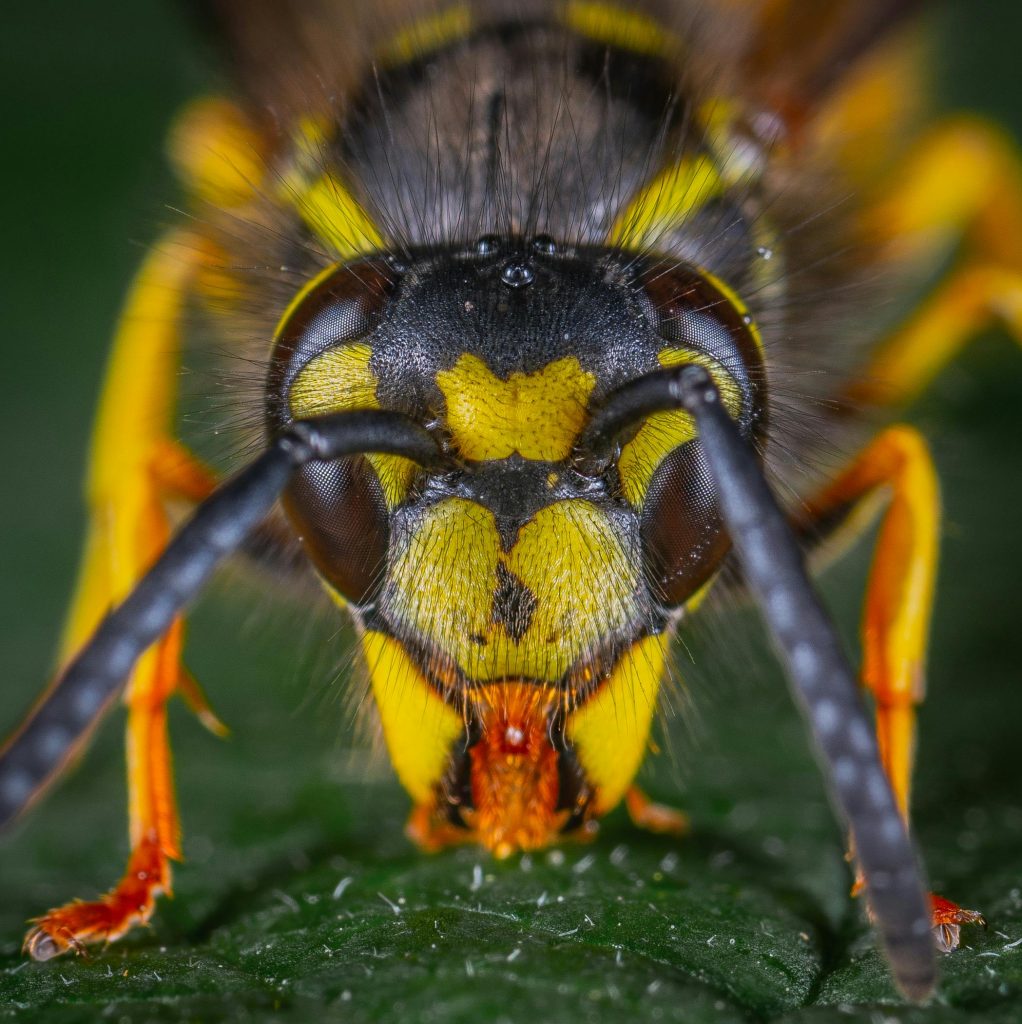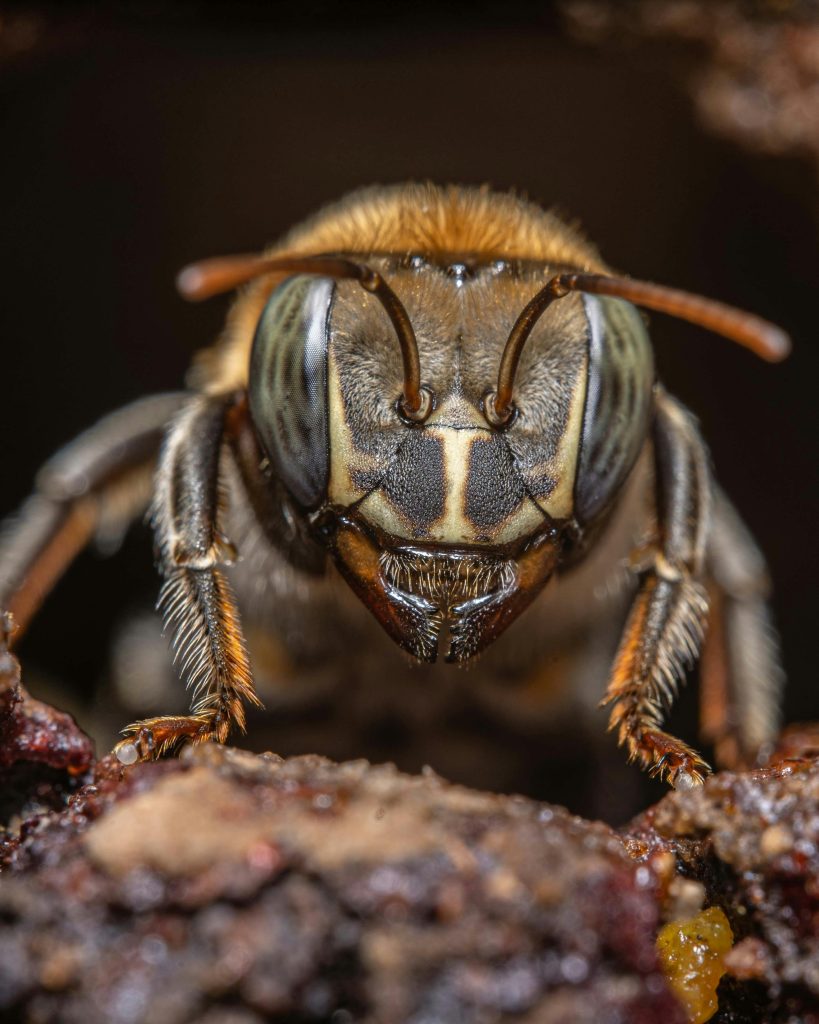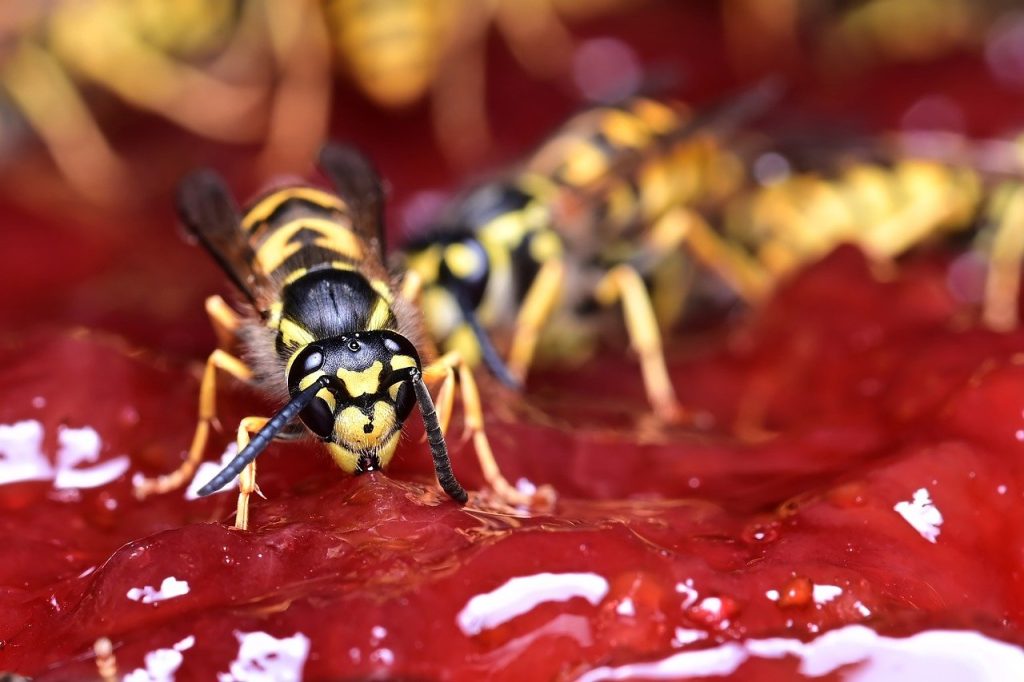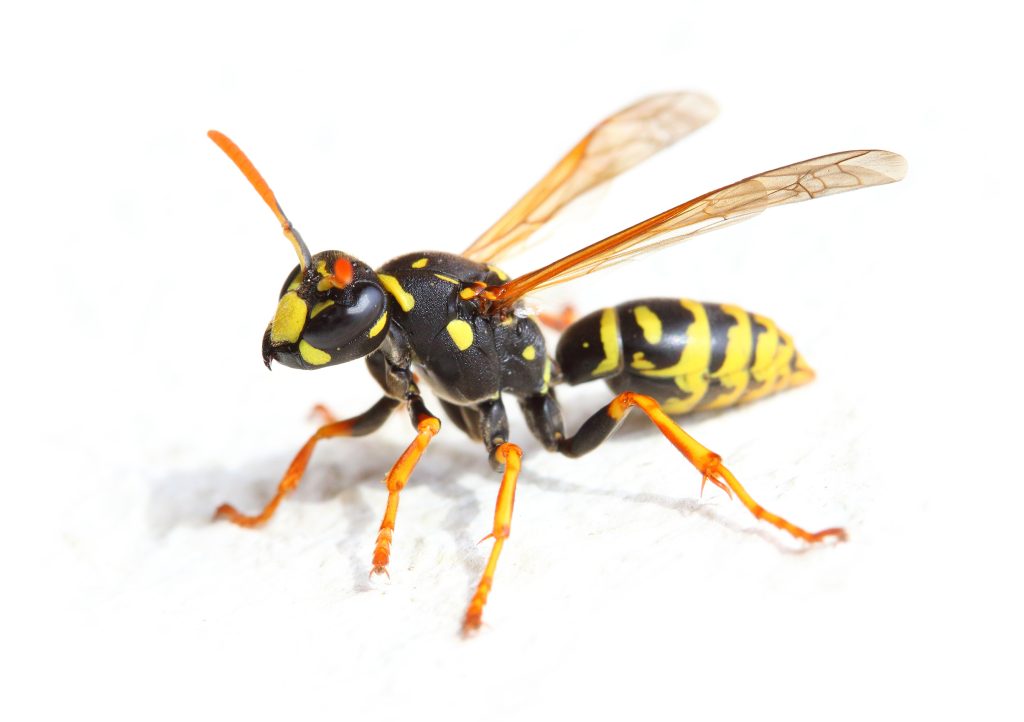
It is essential to identify wasp nest and remove it safely and accurately to maintain the house structure’s safety. Wasps can be very aggressive and irritating, and their stings can cause severe allergic reactions in some individuals. It is easy to identify any nest through its size, shape, and the material used to construct it. This blog will help you to make the right choice in handling and identifying the nest on an immediate basis. Early detection not only mitigates risks but also prevents the enlargement of colonies. Knowing what to look at, it is possible to deal with wasps more safely and efficiently.
Importance to Identify Wasp Nest and Their Removal
Wasp stings are irritating, and, in a few cases, they can be dangerous to people with allergies. Catching nests at an early stage can help to avoid spreading the infestations around your house or garden. Quick recognition also makes sure that you are acting with local safety and legal regulations in terms of dealing with pest control.
Most individuals will mistake the wasp nests with those of bees or hornets; hence, they may kill vital pollinators. Proper identification will enable you to adopt the appropriate action, be it safe removal, professional treatment, or leave the nest undisturbed. The recognition of the risks and the differences makes the identification of the nest not only helpful but also necessary to be safe and well-guarded.
Common Wasp Species and Their Nest Traits
Paper Wasps
Paper wasps construct umbrellas like nests with open cells. Such nests are common under the eaves, porch ceilings, or in tree branches. They are smaller, with fewer wasps, although the bees will rise in defence of their colony in case of threat. They are easy to see because of their thin, naked body.
Yellowjackets
Yellow jackets nest in a ball-shaped and enclosed nest (usually underground, within walls, or in a cavity). Their colonies are bigger and ruder unlike the paper wasps. Since the nests are hidden, infestations can grow very dangerously. This causes yellowjackets to be among the most worrying species amongst homeowners and the outdoor areas.
Hornets
The hornets construct huge football-shaped nests of papery substances. These nests are located on trees, bushes, or on structures. Big and protective colonies are high threats, as they become disturbed.
Knowing Shape Differences to Identify Wasp Nest
The shape of a wasp nest can provide important information in terms of species and danger. Open structures, such as the paper wasp umbrella-shaped nests, tend to be small and easy to recognize.
On the contrary, large colonies have closing shape. It is similar to the nests of the yellowjackets in the shape of a ball, or in the nests of hornets in the shape of a football. These larger close nests tend to indicate a greater danger and a bigger chance of violent action upon disturbing.
Shape is also a factor to consider. Shallow nests can be seen easily, whereas covered nests might be buried in the ground or within a wall. Such differences can be identified to help you evaluate the risk and make the safest decision.
Size Variations to Identify Wasp Nest
Wasp nests can vary enormously in size. This can range from small start colonies of just a few dozen wasps to large structures of thousands of wasps. The nests are often tiny and unnoticeable in the early part of the season, but they grow very fast as the summer sets in.
Towards the end of summer, one colony of queens could have expanded to become a sprawling hive. Infestation severity is frequently evident in the size of the nest. Bigger ones tend to indicate more aggressive wasps and increase the chances of stings.
Even a small nest cannot be underestimated. They can easily develop into huge issues when not taken care of and endanger homeowners and pets.
Understanding Material Differences in Wasp Nests
You can identify wasp nest mainly by the kind of materials used to build them. Layered combs are produced by many species that chew wood fibers and combine them with saliva to create a papery texture.
In comparison, mud daubers make small, tubular-shaped items that are about the consistency of clay and made of mud, which are commonly placed on walls or in corners. These material distinctions are significant to differentiate papery nests from other species. They nest in colonies. Hardened mud tubes are mostly characteristic of lone wasps.
FAQs: Common Questions People Often Ask
- How to tell whether it is a wasp nest or a beehive?
A wasp nest appears papery and gray with smooth layers. Beehives are waxen and hexagonal and are golden/yellowish in appearance.
- Do larger wasp nests pose greater danger?
Yes, bigger nests have hundreds or thousands of wasps. They are more ferocious and dangerous. Even little nests will be big in no time when left unattended.
- What materials wasps use to construct their nests?
Most wasps digest wood fibers dissolved in saliva, forming a papery nest. Mud daubers use mud, which forms tube-shaped nests or dome-shaped nests.
- When will it be safe to take a wasp nest out?
Evening or early morning is the least risky, as the wasps are not that active. Professional pest control can be used to safely remove it without being stung or attacked by the colony.
Protect your Home from Buzzing Bees with North Star Pest Control!
Don’t let wasp nests put your family at risk. At North Star Pest Control, we specialize in safe, effective, and guaranteed wasp nest removal. Our trained experts identify nests by shape, size, and material—ensuring complete protection for your property. Act today and enjoy a wasp-free environment with our trusted local service. Call us now and experience reliable, same-day solutions tailored to your needs!




